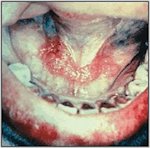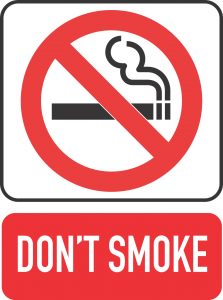 Head & Neck Cancers
Head & Neck Cancers
Head and neck cancers involve the mouth, tongue, nose, pharynx and larynx. Because of their aggressive nature, treatments are usually very intensive and brutal. Educating patients who suffer from head and neck cancer can be a melancholic stance. That is because this type of cancer has a well-known and well-established causes or risk factors – alcohol and tobacco. The good news is that they are highly preventable because these risk factors are acquired acts that can be stopped or changed.
These types of cancers affect the tissues and organs of the head and neck, particularly the larynx (voice box), floor of the mouth, lips, throat, nose, and salivary glands. Head and neck cancers have been shown to mostly begin in squamous cells and if not controlled, can grow fast and affect other tissues of the laryngeal area. According to the National Institutes of Health (NIH), tobacco use, heavy alcohol use, and infection with human papillomavirus (HPV) increase the risk of many types of head and neck cancer.
Back in 2012, the American Institute for Cancer Research (AICR) was predicting that approximately 52,000 Americans would be diagnosed with head and neck cancers. Now the statistics continued to rise against all odds. The one thing to remember about this type of cancers is that they are preventable.
Going back to the years when I served as the Oncology Dietitian where majority of my patients had head and neck cancers, I vividly remember my agonies witnessing them losing the floor of their mouths and/or their vocal chords leaving them completely mute. As a compassionate individual, my heart always went out to them, but the damage was done. Regardless, I gave them hope to look forward for what they have remaining – and that was life. As a clinician, I was trained to teach my patients about prevention with strong Faith and Wisdom to make a difference in their lives. It is never too late when God gives us the chance to survive. We can only make the best of it, but the choice is yours.
American Institute for Cancer Research

As AICR reports that foods can fight cancer both directly and indirectly. Efforts to ensure that your diet consists of a wide variety of and/or combination of fruits and vegetables is the best way to win this fight. The strong evidence of many scientific research has repeatedly showed that there is no single food that can protect you against cancer by itself. It is a combination of having a healthy lifestyle and the consumption of more than one nutrient from a wide variety of foods. Remember what I have written about “what nutrients are found in what foods” and how they collaboratively work in the body to give us that overall good health benefits.
Drinking and Smoking

The National Cancer Institute reports that each year in the United States, more than 21,000 men and 9,000 women are diagnosed with oral cancer. Most are over 60 years old. Must we wait to change our eating habits and lifestyles when we reach at that age when the damage is already done? As a clinician, I highly believe that building a solid foundation of good health should start at early childhood and should be carried out throughout the life cycle.
The glamorized lifestyle such as smoking and over indulgence of alcohol has never been an attractive and fun thing for me to see when I imagine a dramatic change of my horizon whenever I see my patients’ cancer agonies. Not only that the commercialized way to show how other people think that it looks “cool” when they see a snap shot of a man or woman branding an alcohol at the table or clinching a stick of cigarette between their fingers is very influential to people, but it is also killing them. I feel as though I am clinching my stomach when I see this because I feel so much apprehension as to what the health outcomes might be. I am not claiming to be having a predictive crystal ball, but I can tell you this, there is no glamour about smoking and drinking alcohol – alcohol and smoking ruin lives.
Studies have shown that smoking and alcohol drinking account approximately 3/4 of the head and neck cancers reported. Their further investigation led them to show that drinking more alcohol daily in over a short period of time increased the risk for pharyngeal and oral cancers. Another investigation of the same data source also indicated that even those who did not smoke, but had 3 or more drinks of alcohol per day had an increased risk of head and neck cancer than non-smoker non-drinker.
